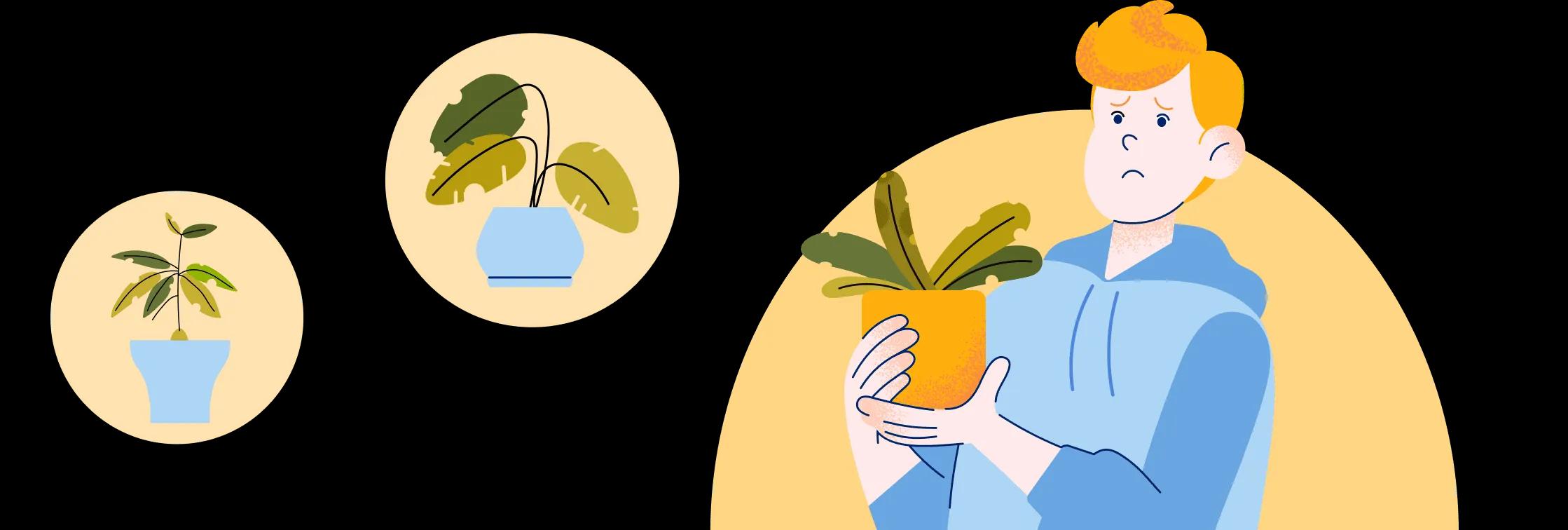If you have houseplants or grow them in the garden, you have probably encountered problems such as illnesses and even the death of your plants. Plant diseases occur due to various causes, such as pathogens and adverse environmental conditions. They manifest in a violation of the functions and structure of the organism. More importantly, they may cause premature death of the plant or damage to its organs. Diagnosing different plant problems is key to the plant’s successful growth.
What Are the Common Problems in Plants?
Protecting plants from diseases requires a thorough approach. First, you should define the problem:
- Plant diseases. This is of the main plant problems, which includes diseases, damages, and disorders which occur during the plant’s growth.
- Environmental problems. Experienced gardeners know to consider the habitat in which plants grow for proper and timely protection. Each plant species has its own set of optimal values of factors under which the plants will be in a normal state, and their immune responses to pathogens and pests will be optimal.
- Plant pests and invasive plants. Plant pests include insects, bugs, and various weeds that may impact the plants.
To save the crop, you need to notice changes in the plant's appearance in time and take the necessary measures. It's easy to define all these problems at PlantIn and get professional help.
How to Diagnose Plant Problems
Here is a short list of the steps you should take for easy detection of the plant problems:
- Pay attention to your plants. Always notice when something changes with your plant to detect the problems timely. Frequent observations will help you solve the problem instantly, so check the signs and symptoms first.
- Learn the name of the plant. Some gardeners have so many plants that they even forget which one is in front of them. You need to know the plant’s name to figure out its disease.
- Look at the leaves. The holes in the leaves often point at the insect pests.
- Look for the culprit. Look for the insects or their signs.
- Use Plantin. With the Myplantin web version or the PlantIn app for Android and iOS, you can use the identifier of the plant disease that you can rely on in your further search. Moreover, you can get expert help from professionals via the platform.
Don’t hesitate to identify your plant issues to solve them as quickly as possible!
Are you thinking about how to diagnose my plant? No worries!
You can use our list of possible diseases, read helpful articles, or promptly diagnose the plant and get a treatment guide from our best botanist.

